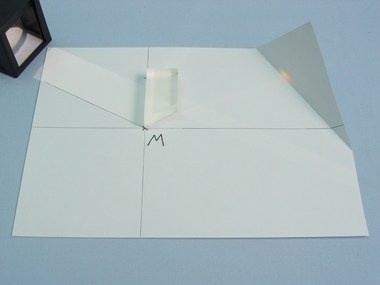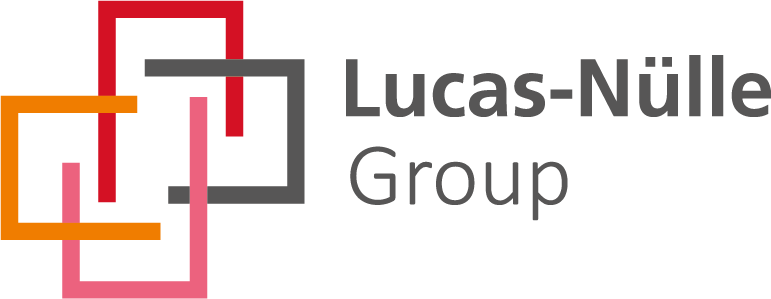
Technical data Colour dispersion with a prismArticle no: P1066100  Principle The aim of this experiment is to investigate the dispersion of light. In the course of this, the students' understanding of the refraction of light on crossing from air to glass or glass to air, respectively, is revised with reference to the dependence of refraction on the colour (wavelength) of light. For elucidation, the following two attempts at explanation should be given: Benefits
Tasks White light is made of many colours. Investigate the colour splitting (dispersion) of white light following refraction at a prism. Scope of delivery
| ||||||||||||
Robert-Bosch-Breite 10 – 37079 Göttingen – Germany
www.phywe.com

